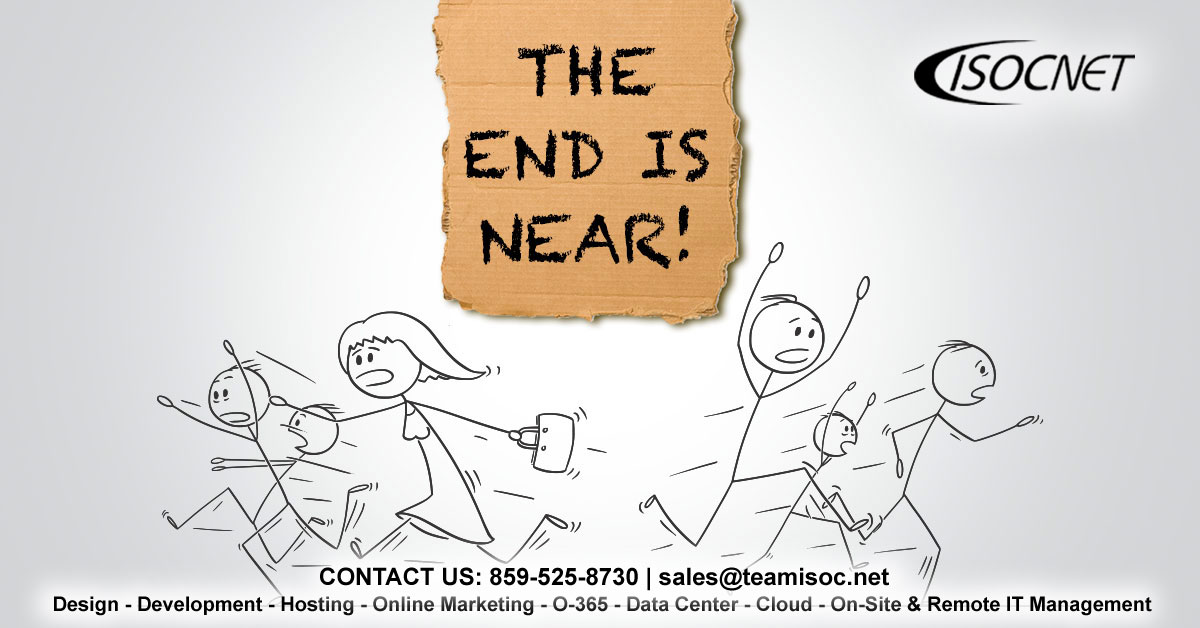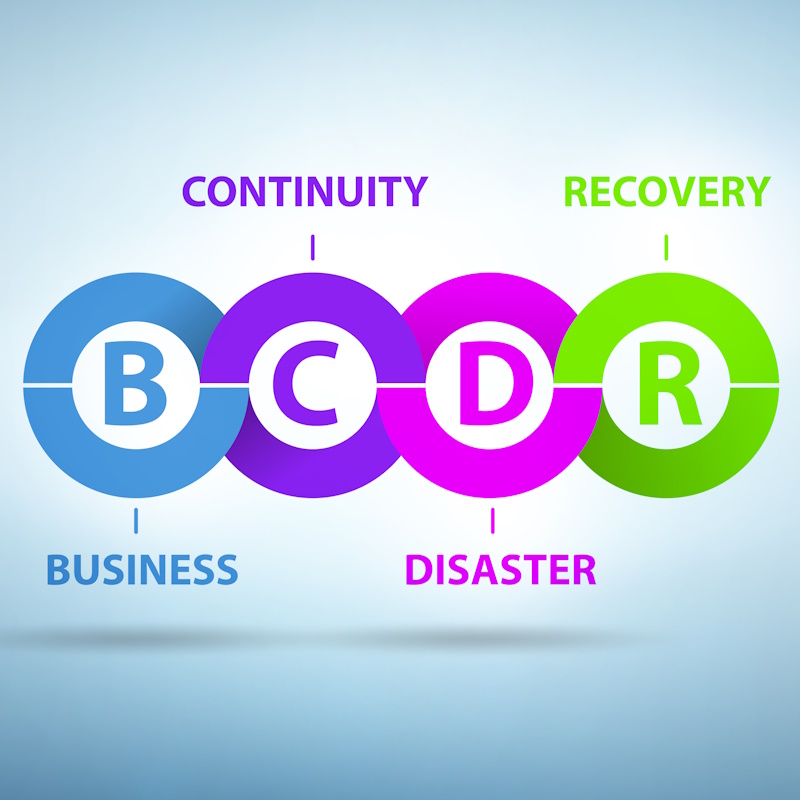Recent Posts
Categories

When software or hardware reaches its End of Life, it is no longer supported or updated, which can lead to security risks, productivity problems, downtime, and more. While there are a host of steps you can take, considering these steps when dealing with EoL hardware and software can help your business mitigate risks.
It is best to always be aware of when your hardware/software reaches its end of life so you can identify and plan actions prior to an expiration date.
Prioritize Security
Your biggest risk in running systems that have reached their end of life, is security. Therefore, that should be your number one priority to address. You may need to consult with a vendor to help you address security protocols. If you have a security policy that is a good start in understanding your companies most critical points and expectations.
Once you have identified what is EoL, you may want to take extra security measures to mitigate risks. This may include, taking the system offline, adding multi-factor authentication, increasing monitoring, or adding layers of protection onto the system. These extra precautions can help protect your business against threats.
Measure Productivity
It is important to understand your hardware and software life cycle and get ahead of failures. If you monitor performance and have a system in place for users to report problems, you can identify issues before they impact your business.
Every business needs a contingency plan. When you are using technology, especially dated technology, your business should have a contingency plan in place if the systems you use fail. This can help you avoid downtime and a loss of productivity.
Evaluate long term plans
When evaluating your hardware/software, it is important to plan for the future. It is critical to consider long-term viability of your essential systems. What are your objectives and what systems are required to achieve them.
Evaluate your risk of using outdated systems and decide when to upgrade or move on. What are the consequences of continuing to run End of Life systems? What are the chances of something happen, and what are the consequences.
Test compatibility before migrations
The End of Life may be months or years away. A migration can also take months to complete. Planning and testing migrations well before End of Life is ideal. Even if you are upgrading or migrating with the same vendor, it is not always a smooth transition. It is best to set up a test environment and run test to ensure your data and applications transfer properly.



